Our Classes
Swingkatten regularly offers courses in Lindy Hop, Balboa, Collegiate Shag, Blues, Boogie Woogie, Tap and Authentic Jazz.
Upcoming and ongoing classes
Frequently asked questions
What does in mean to make a registration of interest (intresseanmälan)?
Registration of interest means that you automatically receive information when the course registration opens. However, you have not committed to anything and have no place reserved.
How does course registration work?
At the beginning of the registration period, we have open registration. Everyone who registers during this period has an equal chance of securing a spot in the course, regardless of whether they sign up on the first or last day. If the courses become full during this period or if there is a significant imbalance between followers and leaders, a lottery will be used. Confirmation of whether you have secured a spot will be sent after the open registration period closes.
After the open registration period, registration continues on a first-come, first-served basis. All new registrations are placed directly in a queue.
A few days before or after the course start date, late registration opens. You can sign up during this time, but processing of these registrations depends on available time. Admission is subject to available spots.
Do I need to register with a dance partner?
You can register as a couple or individually as either a leader or a follower. If you register as a couple, it means either both of you get a spot in the course or neither does. As long as the course is not full, all couples who register are guaranteed a place. However, couples do not get priority in any other way.
How do I cancel my course registration?
You can cancel your registration at dans.se or by sending an email to kurser@swingkatten.se.
You can cancel a course registration within 14 days of signing up without any payment obligation (provided the cancellation happens before the course starts). If you cancel before or up to 24 hours after being accepted, you are also not required to pay. Otherwise, you are responsible for paying the course fee.
Can I get a refund in the event of an illness?
If you provide a medical certificate or otherwise prove illness that occurred after registration and prevents participation, we will refund the full course fee minus an administrative fee of 200 SEK. The same applies in cases of death or serious illness/accident within the family. If this occurs, we appreciate being notified as soon as possible.
Can I sign up as a help dancer?
There is an opportunity to participate in a course as an assistant dancer – at one level below the level you have already completed. For example, if you completed an intermediate leader course in the fall of 2024, you can then assist as an assistant dancer in the next-level course in the same role you previously studied. This applies when it helps to balance the number of followers and leaders.
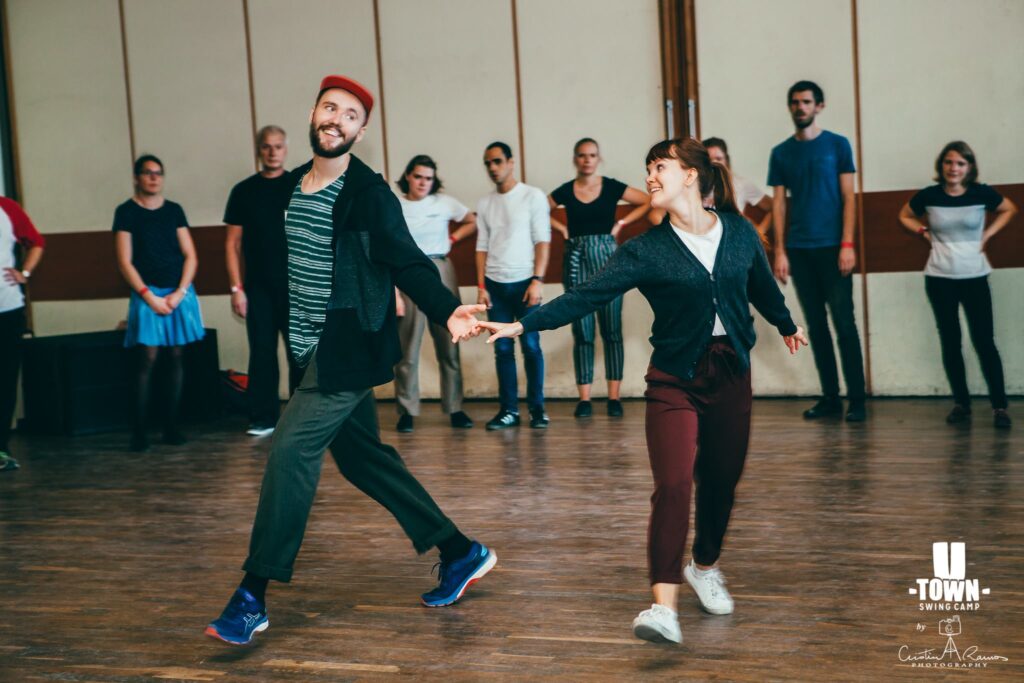
Learn more about our dance styles!
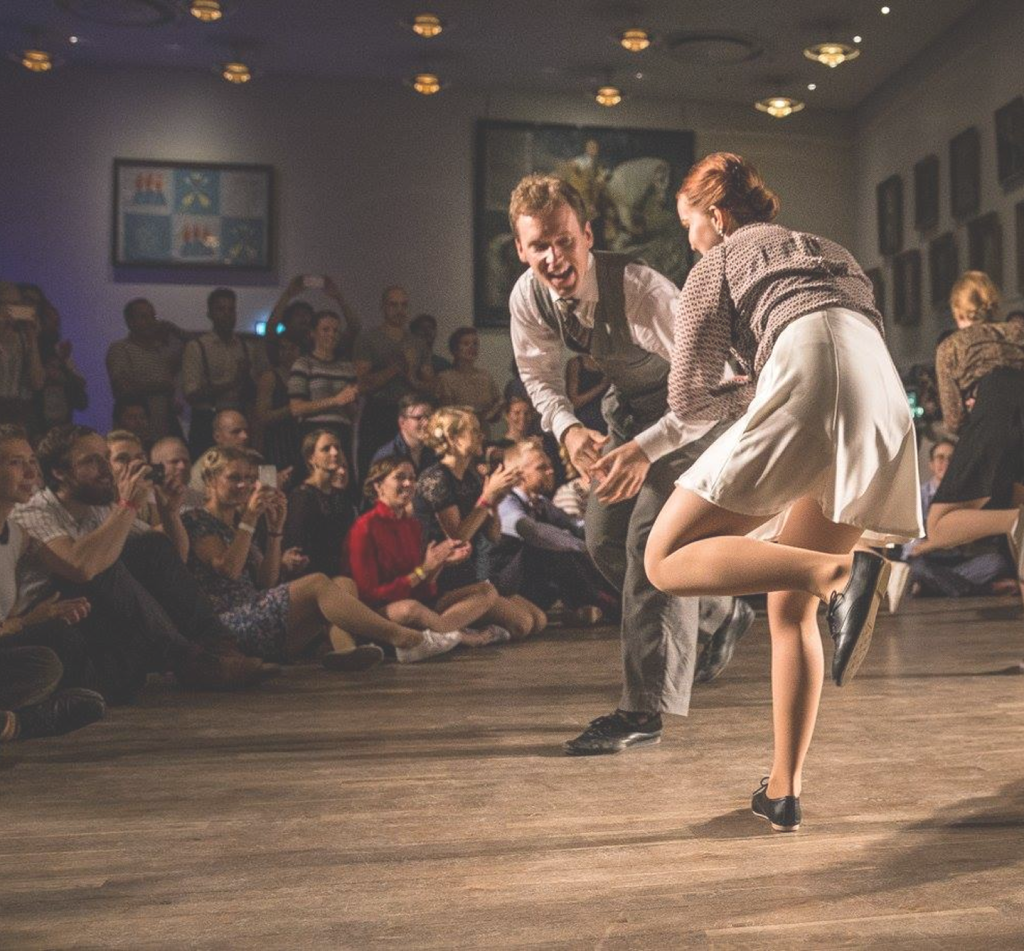
Lindy Hop
Lindy Hop is a lively partner dance full of joy, danced to swinging jazz music known as swing music, at various tempos. The dance originated among the Black community in the Harlem neighborhood of New York and had its heyday during the 1930s and 1940s. Lindy Hop is a versatile dance with many different moves, allowing plenty of room for improvisation by both the follower and the leader.
Lindy Hop also includes acrobatic elements where one partner can be lifted or thrown into the air, but these are mostly seen in performances and competitions. In regular social dancing, dancers stay on the ground. Lindy Hop is danced alternating between closed and open positions.

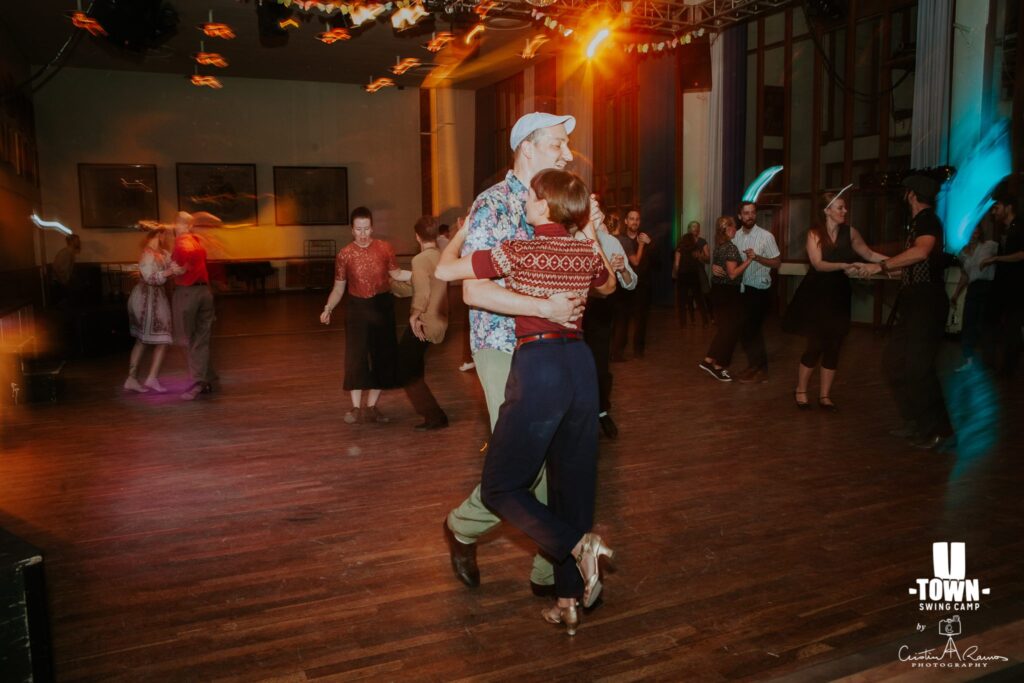

Balboa
Balboa is a partner dance also danced to swing music, but with much smaller steps. There are two styles: one where you dance close together with chest-to-chest contact (Pure Bal) and the other where you dance close but in an open position (Bal Swing). Balboa can be danced to various tempos but is more often danced to faster swing music.
Balboa originated in Southern California on the Balboa Peninsula, where during the 1920s the dance floors became very crowded, and people began dancing in place to swing music.
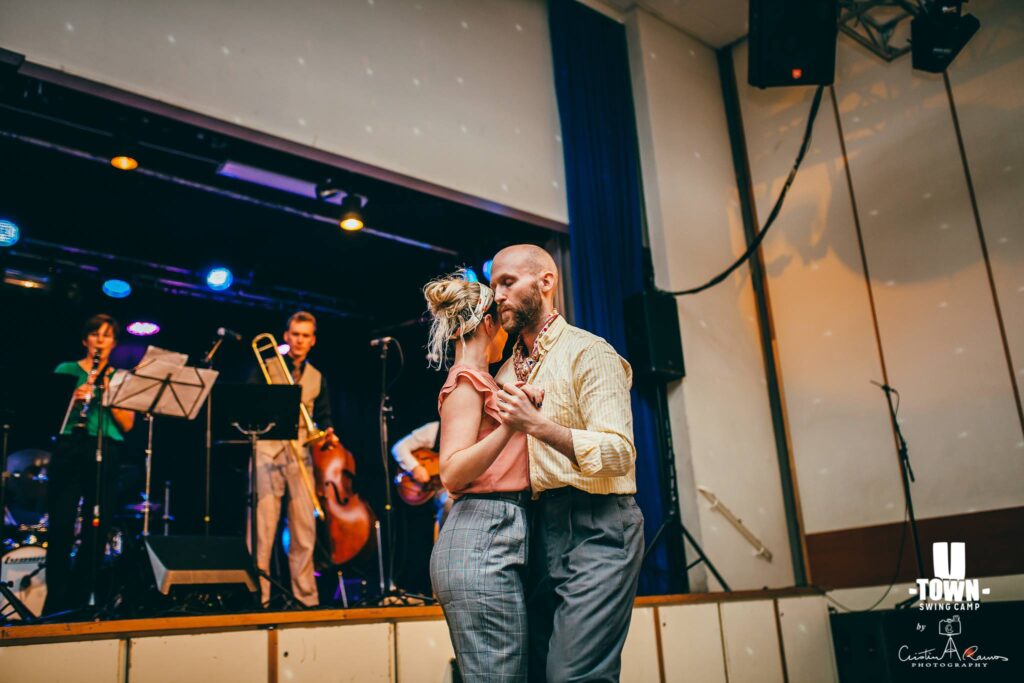
Blues
Blues dance is a partner dance often danced to blues music or slower jazz music. The dance is based on a few simple basic steps that are varied with creative interpretations of the music and style-specific moves – communication and interaction with the dance partner is a major source of inspiration in the dance.
Blues dance is an umbrella term for a large family of different dances that have evolved over time as blues music has changed. Therefore, there are many different styles (idiom dances) you can learn. Blues dance can be danced in close embrace, as well as in closed and open positions. Blues can also be danced solo.

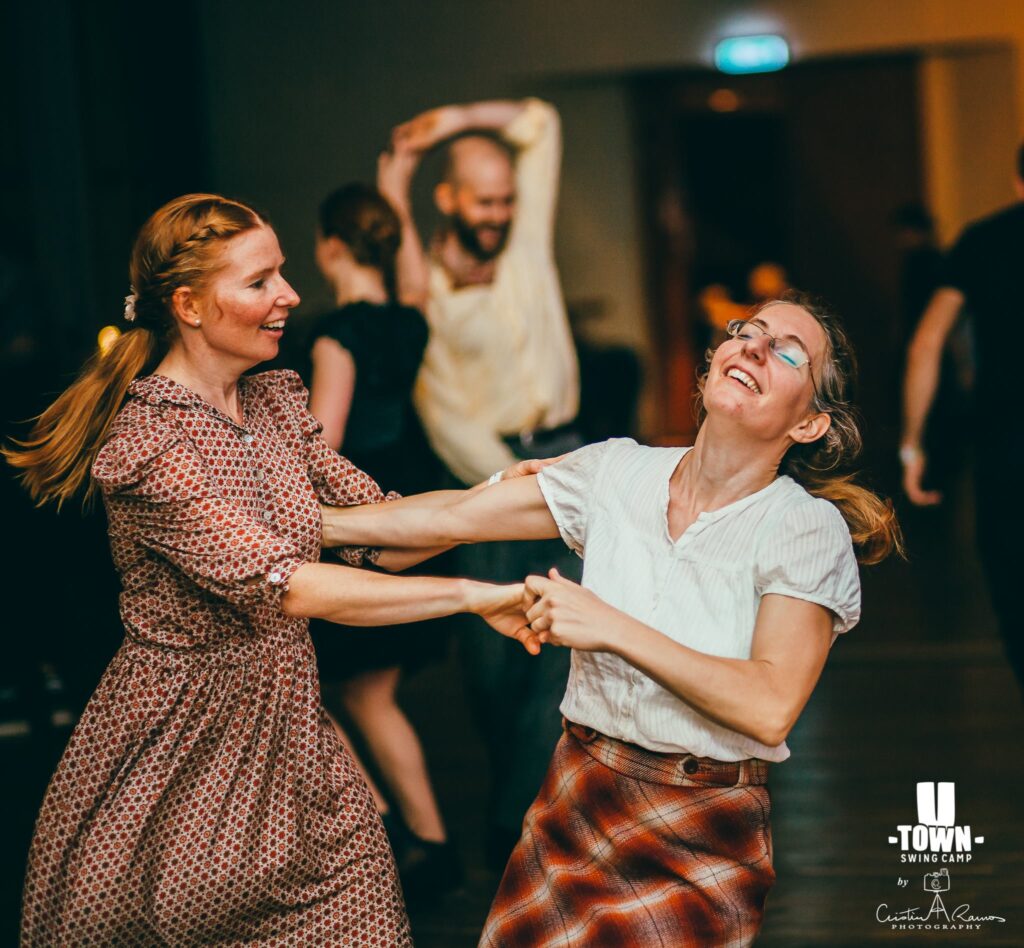

Boogie Woogie
Boogie Woogie is a lively partner dance danced to rock ’n’ roll and other music styles like rhythm ’n’ blues and rockabilly. It developed from Lindy Hop when a new type of music emerged during the 1940s and 1950s.
The dance can vary from being elegant and sensual at a slow tempo to energetic, raw, and captivating at faster speeds. Like Lindy Hop, it is danced alternating between closed position (where the leader has one hand on the follower’s back and the follower has one hand on the leader’s shoulder) and open position (where partners hold only one hand).
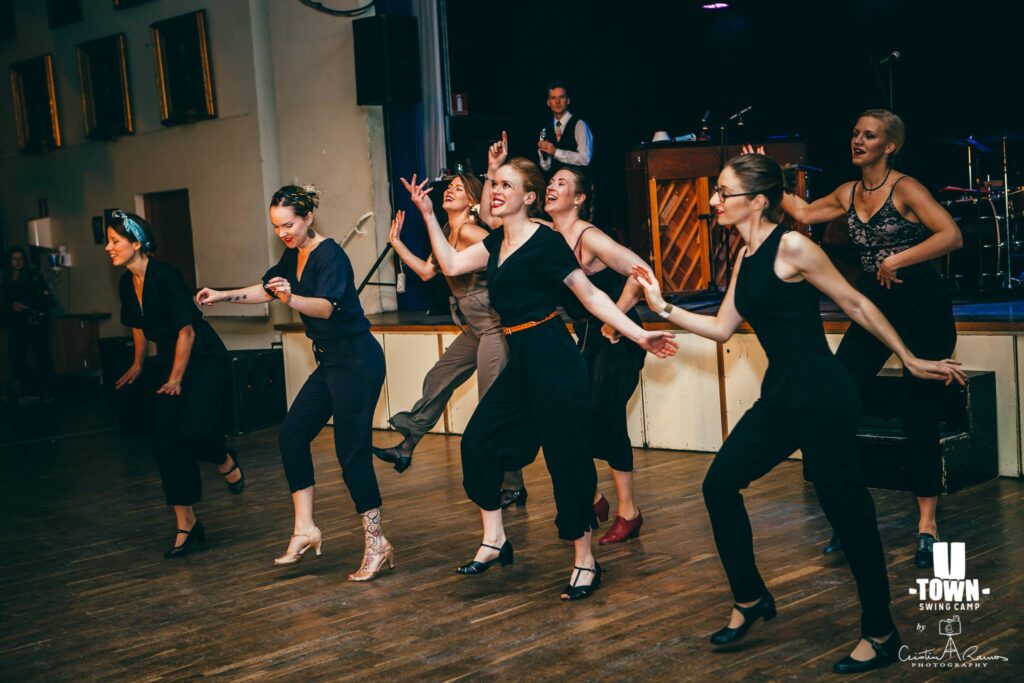
Authentic Jazz
Authentic jazz is a solo dance performed to jazz music with a playful and improvisational repertoire. Like Lindy Hop, it originated in 1930s Harlem. Jazz is a great complement to partner swing dancing, as it helps develop body control, balance, and coordination. It’s also easy to incorporate jazz steps into Lindy Hop.
Authentic jazz can be danced both improvised and choreographed.

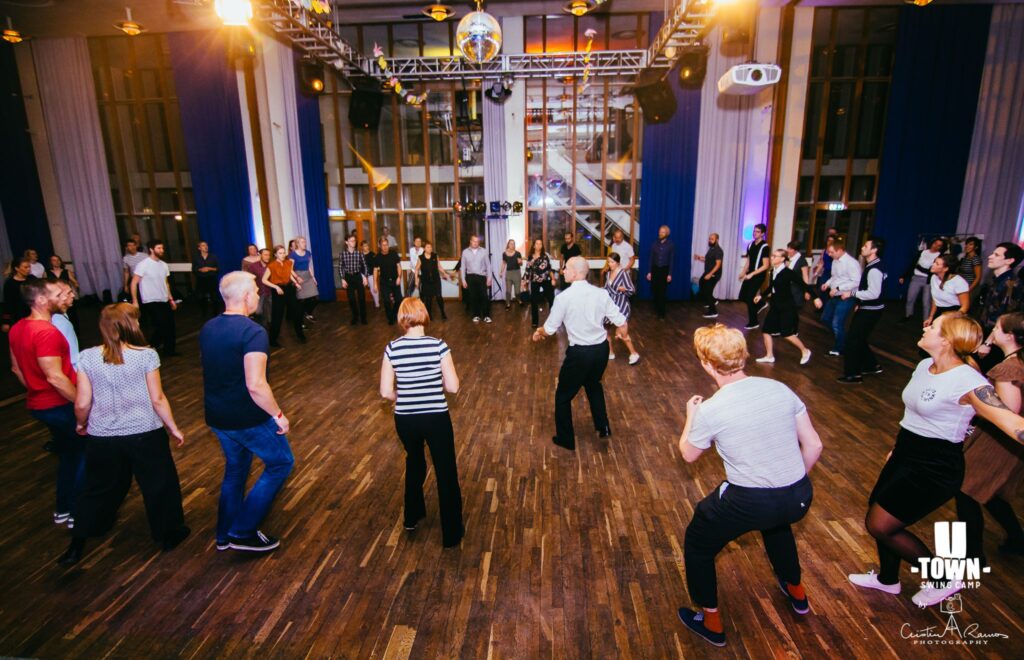

Tap
Tap dance is a solo dance that most people can easily imagine. With taps on both the heel and toe of the shoes, you can create wonderful rhythms. Tap is both dance and music combined, often featuring improvisation. It’s a great complement to other dances as it provides excellent training in rhythm, coordination, and balance.
At Swingkatten, the style of tap dance from the first half of the 20th century is the focus. Its rhythms and step combinations appear in many of Swingkatten’s other dances. It’s perfectly fine to start out dancing in shoes with a hard sole.
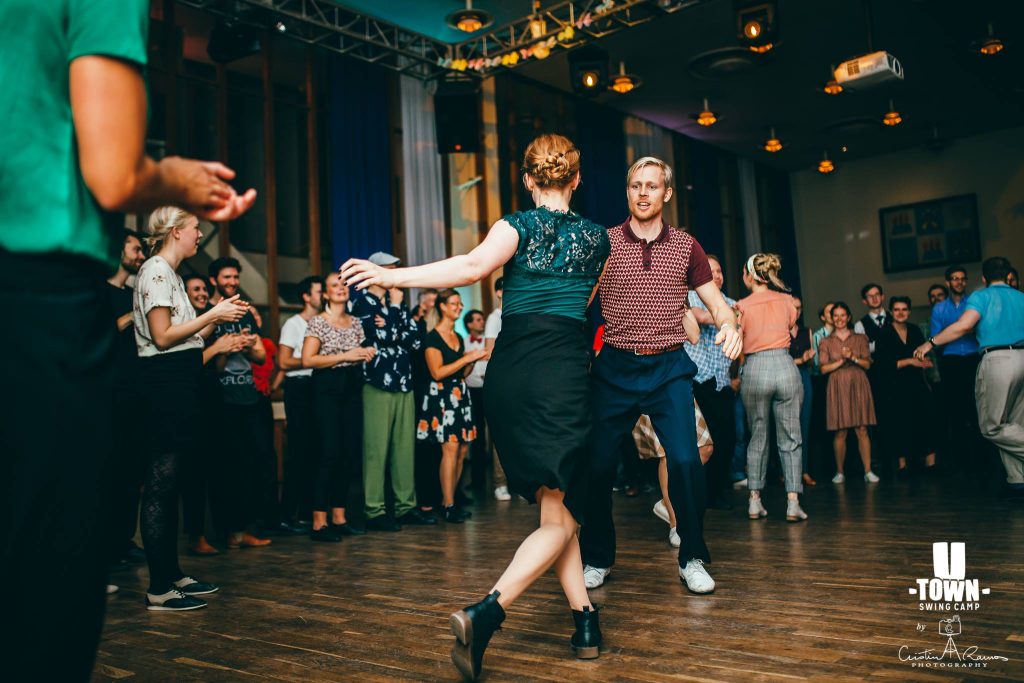
Collegiate Shag
Collegiate Shag is a lively partner dance from the 1930s, danced to fast swing and jazz music. With its characteristic bouncy footwork, high energy, and joyful expression, it’s perfect for really swinging tunes. The dance has roots in the American swing tradition and was especially popular among young college dancers – hence the name.
